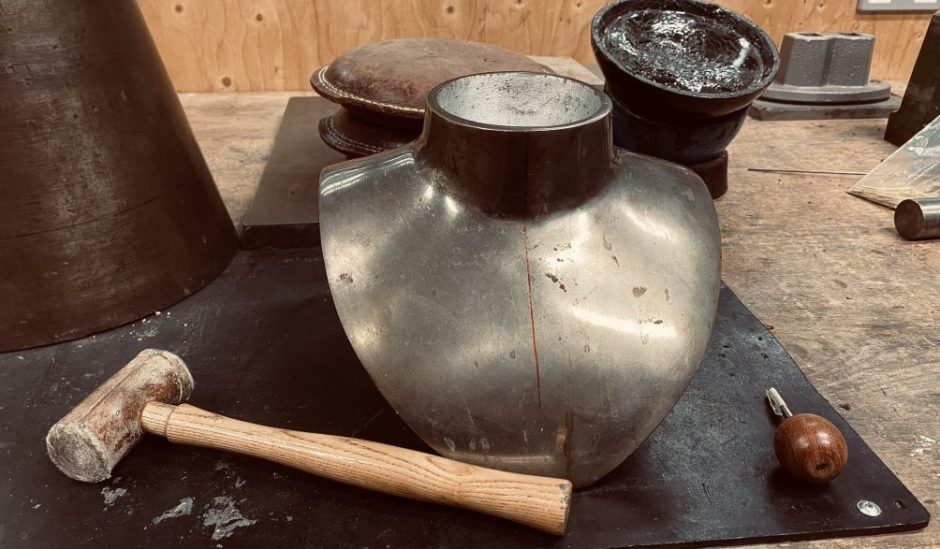Caroline S. Ellis
Arthur P. Bochner
(2005)
The paper is presented as an example of it’s own process, a first person conversation between a couple on the differing characteristics of various branches of Ethnography.
It’s first part gives a first hand account between the couple and their interaction, feelings and opinions of the unfolding aftermath from a storm damaged area of New Orleans, how its survivors were dealing with the horrors and the CNN anchor man reporting the situation.
The story then then moves through their evening where they discuss the validity and opinions of a colleagues methodology in ethnography.
The couple describes their colleagues style as Analytical ethnography in where there situation is a vehicle for examination into social circumstances, characters and causes.
They use the story format to demonstrate the competing colleagues superior views who describe their style as evocative ethnography, a story telling style where multiple characters feed into the story to pull the focus away from the self and tricker an emotional response to the situation.
They quote the Frank (1995, 145) with “The pedagogy of suffering”, which seems apt for the evocative ethnographic style, putting the reader into the situation by triggering emotional response and the use of other characters to build a descriptive story of a situation that must be accurate in it’s conveying of the situation as it unfolds but facilitates the reader to draw their own conclusions.
This format of demonstrating the differing styles is novel and although being somewhat confusing initially it does draw you into the situation, encouraging you to question the pros and cons of some the differing styles.
I enjoyed the evocative style in Tjora (2006) paper where the benefits are appealing to prevent a field report being dull, formulaic and purely scientific. It allows for a painterly approach and perhaps greater level of subtlety where fine details of the situation that are not directly relevant can be used to paint a broader sense of the situation, characters, culture as well as the process being reported.
There is no right or wrong to any of the methods and all can be tapped for some of their stronger aspects for a field report on craft techniques that I am investigating, in fact it’s essential for a stimulating and educational document to mix the scientific and emotional elements .
Frank (1995, 145) with “The pedagogy of suffering”
Tjora (2006) Writing small discoveries:
An exploration of fresh observers’ observations
